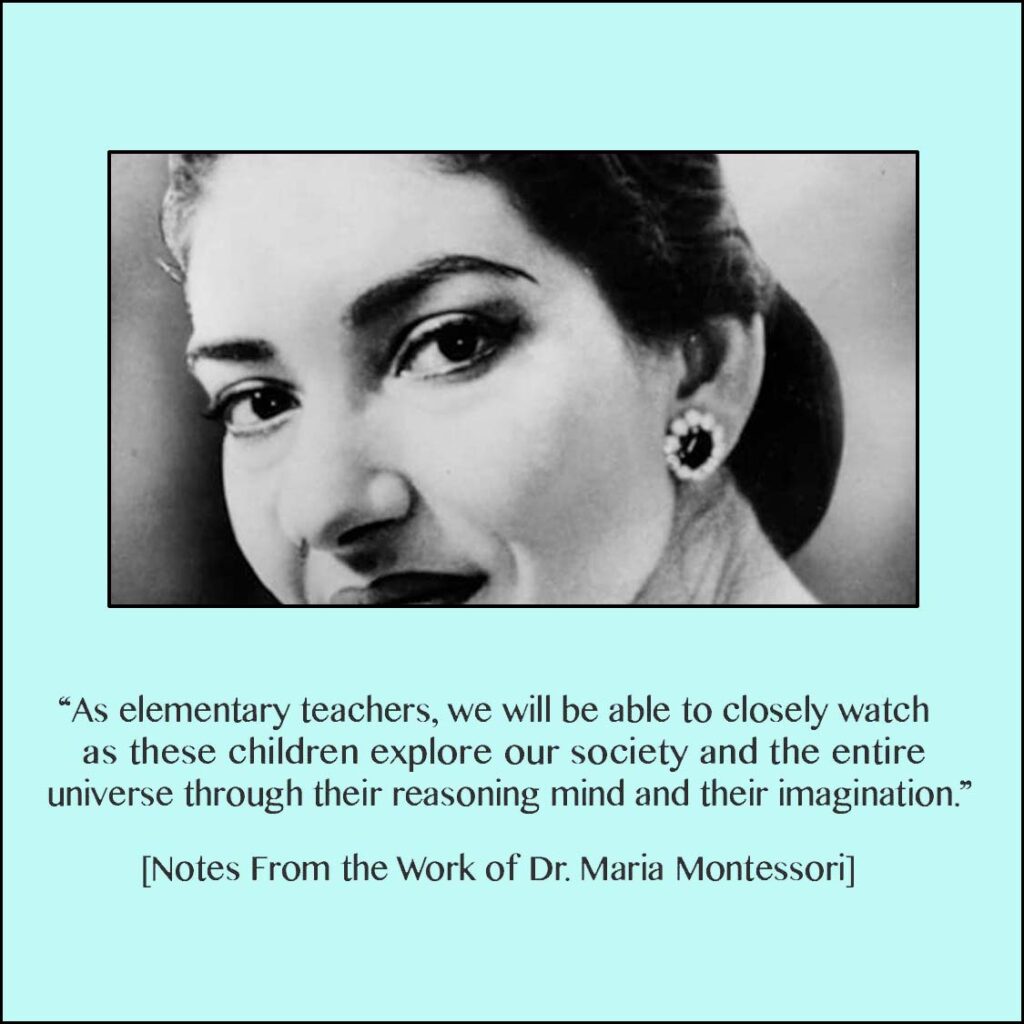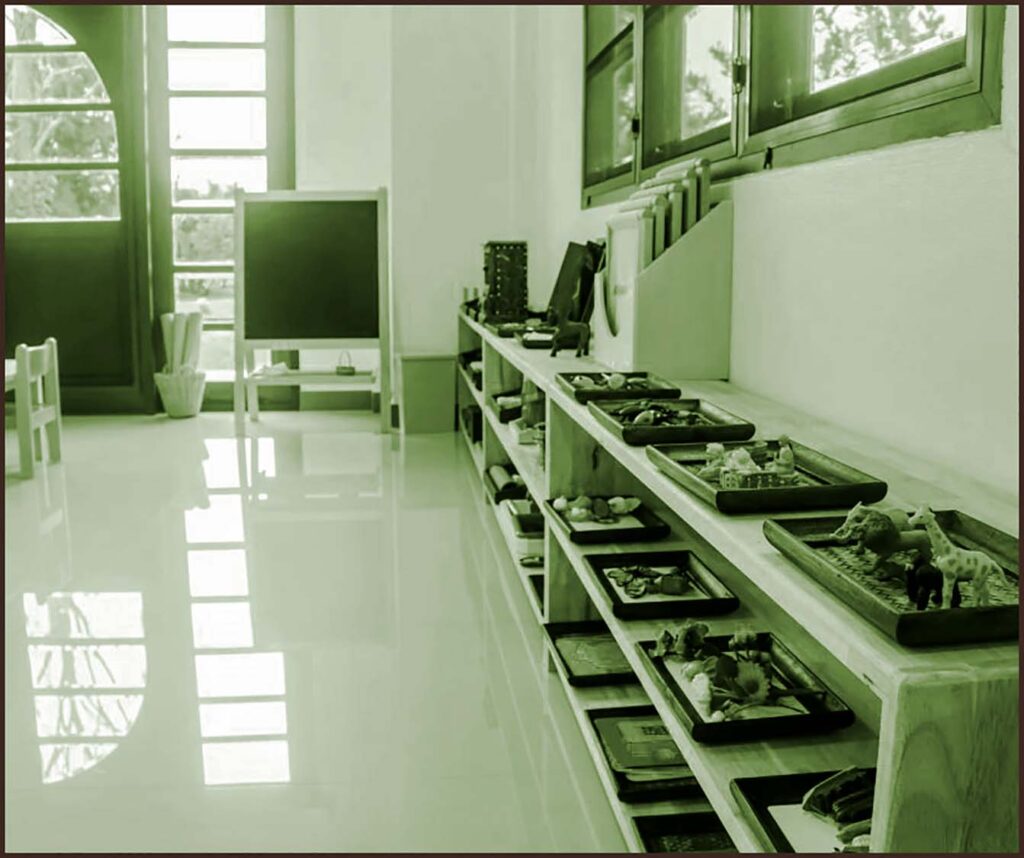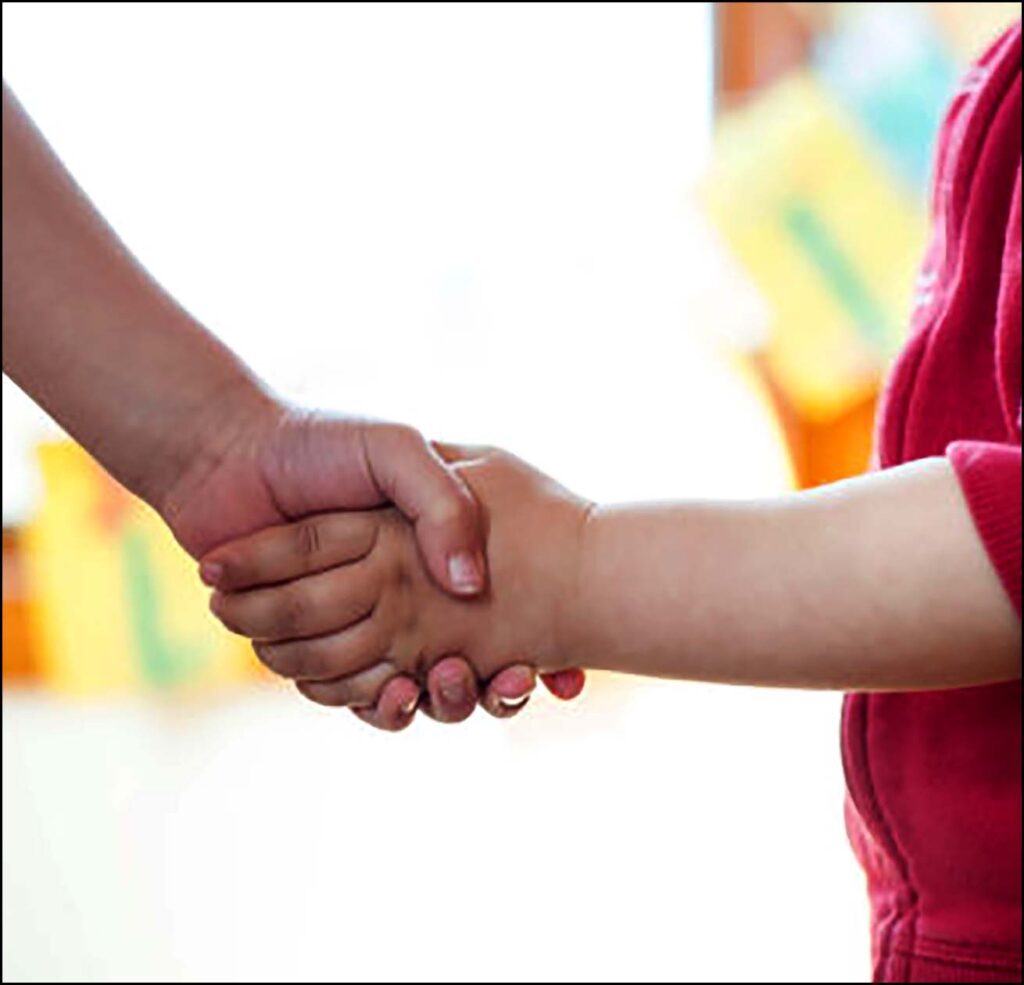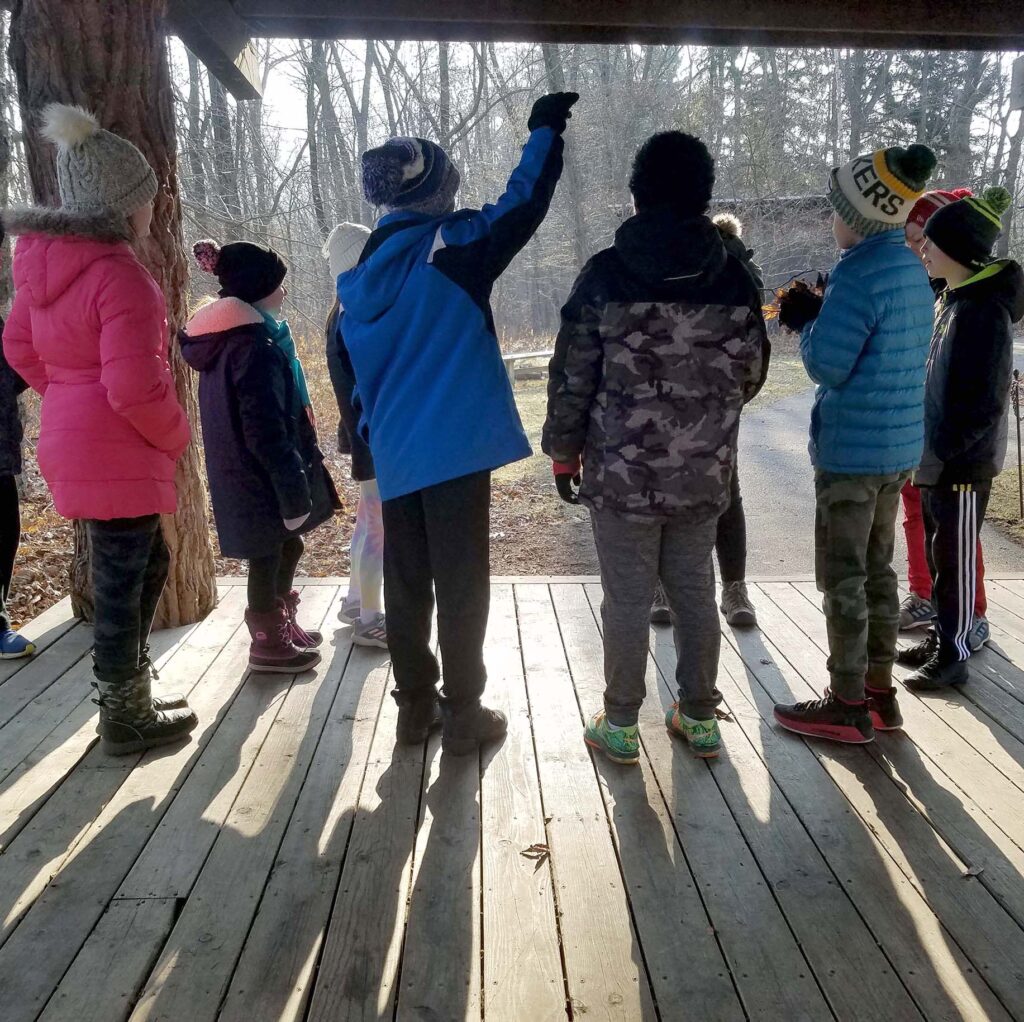Second Plane Elementary Child – What exactly does this term mean?
Unless you are exposed to or trained as an educator of the Montessori Method, many aspects of the Montessori philosophy can feel quite alien. One of those aspects is the terminology. However, understanding just a handful of these terms can shed much light on her pedagogy.
According to Dr. Maria Montessori, the “Second Plane of development” refers to the years of a child’s life between six and twelve years old. The “Second Plane” elementary child, she explained, is motivated to learn through a broad view of the universe and all of its great forces.
Giving the Child the Universe
In the Children’s House (the primary years or kindergarten), the small child is given the world. During the second plane of development, older children are now given the Universe. Dr. Montessori believed when an individual possesses an understanding of their place in our Universe, it helps them to see their interconnectedness to all things and their role within it. Giving the child the Universe is Dr. Montessori’s ‘big idea.’
During the second plane, elementary guides (also referred to as teachers) offer the universe. In doing this, each individual child is given the opportunity to find their place within it. The hope is that in time each child will realize their own potentiality.
Cosmic Education is the plan Dr. Maria Montessori developed for children during the elementary ages. Through Cosmic Education, children learn everything – including themselves – in the universe has a cosmic task to fulfill.
Sowing the Seeds of Learning
Dr. Montessori believed guides ‘sow the seeds of learning’ in the elementary through great stories and key lessons. These stories and lessons are designed to make a general impression on bigger concepts.
After hearing and reflecting on them, elementary children will delve into some of these ideas further.
However, it’s critical to understand these explorations can not be forced. Learning does not follow a preset timeline. Students will determine when they are ready to explore concepts in more detail. Therefore, it is important the seeds of learning are sown.
Guides need to remember: For much of what is presented in the second plane, immediate results aren’t always seen.

A point to keep in mind when working with children in the elementary is that guides pick up with each individual child from wherever they left off in primary. Guides need to get to know students well, what their skills are, what they need, and start from where they are coming in. There might be an area of the curriculum the child has missed. Elementary guides will try to fill these gaps.
What Does Abstraction Mean?
The Montessori Method is a concept-based curriculum (CBC). This type of approach moves the curriculum away from subject-specific content. Instead, it emphasizes “big ideas” spanning over multiple subject areas or “Interconnectedness.” Montessori materials are used as a resource.
The term abstraction refers to when a student reaches the point where they no longer need to use Montessori materials. Educators and caregivers often misinterpret this. It is not the only task of the elementary child to work in the abstract. Pushing this too quickly is a great disservice to them.
Not all children reach abstraction at the same time. There are some children who will need help step by step. They cannot possibly reach the level of abstraction for all the works represented before entering the elementary classroom.
It is quite possible guides will hear, “I have already done that.” They should respond with, “I got this material out so you can show me the lesson!” Sometimes they can show us and sometimes they can’t.
We might also say, “I know you have had some lessons with this material but I am going to show you the material in a different way today.” If we reflect the attitude that the materials are fun and hold more to discover, the children will also pick up this attitude. The materials give another level of understanding.
Extending Children’s Interests
Elementary Guides should also look for ways to extend children’s work. They need to model ways to delve in even deeper. Once there is a well established classroom community, students will pick up from each other and help one another. This is why students collaborate and work so closely together.
Children should be Going Out more often in the Upper Elementary than they did in the Lower Elementary. Older children should be able to take on more responsibility. It is in the upper elementary the children should truly be exploring service to society.
Guides should ask themselves: Have we paved the way for this? Have we made contacts in the community? Are the children aware of these Going Out opportunities? Have we educated our parents?
Special Gifts of Being Human
There is another goal of the second plane, or the plan of Cosmic Education. It is to show children when human beings arrived on Earth they came with intelligence and will; with reason and love. However, these gifts carried a responsibility with them. The significance of this is that to be truly human means to recognize these gifts and to use them in a responsible way.
Through Cosmic Education the children’s recognize their own humanity and the humanity of others. We can show them what human beings over the ages have been able to achieve and the service they have given to others. We help them to realize that they, in turn, can do the same thing.
This is what it means to call to the spirit of the child that which Dr. Montessori referred to as the cosmic agent of peace.

Do you have more questions about the Montessori Second Plane of Development or Cosmic Education? Do you have a suggestion for another blog topic? Please send me an email with your ideas or experiences at grumble.services@gmail.com.
If you find this article helpful, please share it. Please join us, if you have yet to do so. Subscribe below and receive articles like this one in your email box weekly. Thank you!
Read More: Montessori Method:
It can be quite confusing to an outsider looking in.
All Rights Reserved • © 2021 Grumble Services LLC • grumbleservices.com

References and Read More:
Association Montessori Internationale
This blogpost was inspired by an AMI Montessori Training lecture, 2007.



